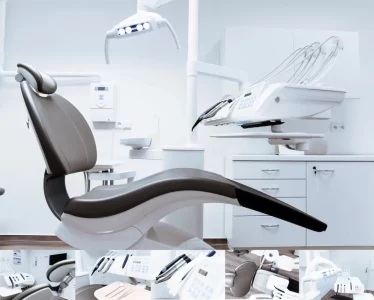What Are the Medical Devices That Need OT Security?
Medical Device News Magazine
Medical Device News Magazine provides breaking medical device / biotechnology news. Our subscribers include medical specialists, device industry executives, investors, and other allied health professionals, as well as patients who are interested in researching various medical devices. We hope you find value in our easy-to-read publication and its overall objectives! Medical Device News Magazine is a division of PTM Healthcare Marketing, Inc. Pauline T. Mayer is the managing editor.

